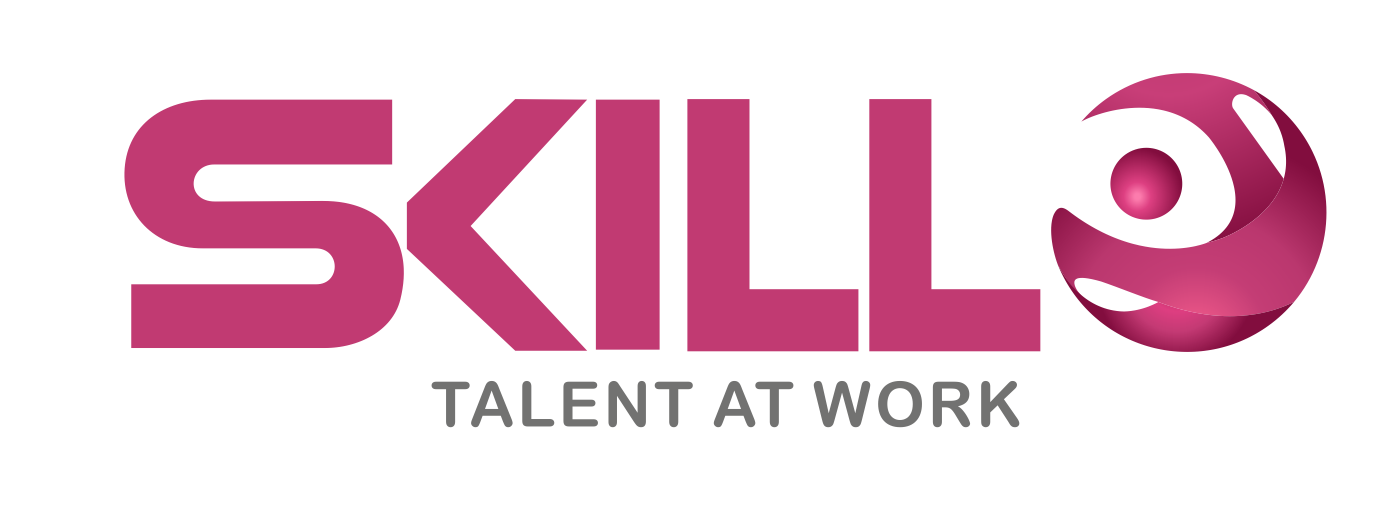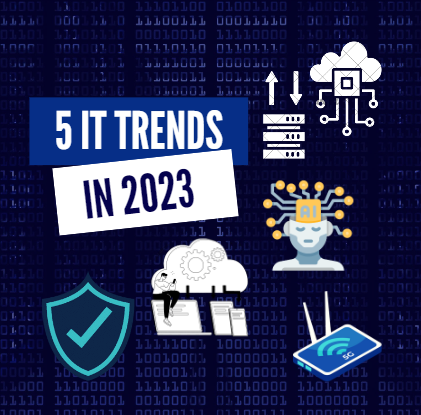The branch of information technology (IT) continues to evolve in modern day society. The way we live, and work has changed because of IT advances, like mobile phones and cloud computing. We’ll look at some of the most recent IT developments that are reshaping the sector and altering how we use technology.
Artificial Intelligence
In recent years, artificial intelligence (AI) has become more and more popular, and this trend is predicted to continue. AI can automate repetitive operations, freeing up staff to concentrate on more complex jobs that call for human skill. AI can analyze vast amounts of data and offer insights that people might not be able to recognize. By examining consumer preferences and practices, AI can be used to tailor experiences for customers. The increased use of AI could lead to some jobs being replaced by machines. Numerous industries are anticipated to be significantly impacted by the rising use of AI. It can boost productivity, enhance decision-making, and personalize customer experiences. However, it’s crucial to consider the possible moral ramifications and employment displacement that could follow from this trend.
Edge Computing
An emerging trend in technology is edge computing, which includes processing data locally rather than at centralized data centres. Edge computing can lower latency and boost application performance by processing data nearer the source. By keeping sensitive data near to the point of origin rather than sending it over a network to a central data centre, edge computing can enhance security. In comparison to more established centralized computing approaches, edge computing may be more scalable. This is due to the ability of edge devices to process data independently of one another, as opposed to relying solely on a centralized data centre to do so. New applications that were not possible before can be made possible via edge computing. Edge computing can make an organization’s IT infrastructure more complex. It necessitates a distributed architecture made up of numerous connected devices, which can be difficult to secure and maintain.
Hybrid Cloud Solutions
Organizations can select the best cloud environment for each application or task with hybrid cloud solutions. They may, for instance, use public cloud services for non-sensitive applications and private cloud services for sensitive data. By enabling non-sensitive apps to run on public cloud services instead of private cloud infrastructure, which can be more expensive, hybrid cloud solutions can help organizations cut expenses. Organizations can benefit from the security features of public cloud environments while maintaining control over sensitive data with the aid of hybrid cloud solutions. As a result, there may be less chance of data breaches and unauthorized access. The complexity of hybrid cloud systems may exceed that of conventional IT infrastructure. In addition to making sure they have the necessary knowledge and experience to manage a hybrid cloud environment, organizations must carefully manage the integration between public and private cloud systems. It’s crucial to keep an eye on the growing popularity of hybrid cloud solutions in the technology sector. While keeping control over sensitive data, it offers organizations the flexibility, scalability, and cost benefits of public cloud environments. However, it also makes IT infrastructure more complex, which can be difficult for businesses to manage.
Cybersecurity
Cyberattacks are growing more common and sophisticated, and attackers are employing a wide range of strategies to access systems and data. To safeguard themselves against cyberattacks, organizations must maintain vigilance and stay current with the most recent security procedures. The hazards associated with cyber assaults rise as firms depend more on technology for routine operations. Successful cyber-attacks have the potential to seriously disrupt commercial operations and harm a company’s brand. Regulations governing data security and privacy are applicable to many businesses. These laws must be followed by organizations, and they frequently call for stringent data protection procedures. The safety of systems, data, and reputation of organizations depends on the continuous importance of cybersecurity. Organizations must be cautious and make the necessary security investments as long as cyberthreats are expected to continue evolving.
5G network expansion
An important trend in the telecommunications sector is the development of 5G networks, which are expected to have a positive impact on both consumers and enterprises. In comparison to earlier wireless network generations, 5G networks are intended to operate substantially more quickly. Users are getting access to faster download and upload rates, making it simple to stream high-definition video, play online games, and utilize other data-demanding applications. 5G networks have lowered latency than previous generations, which is making it easier for users to use applications that require real-time responsiveness. There is an increase in capacity in 5G networks than in previous generations. Improved performance in areas with large number of connected devices in public places. Applications for virtual reality and augmented reality will be accessible with significantly reduced latency, increasing their immersion and responsiveness because of 5G networks. The development of 5G networks is a promising trend that could revolutionize how we use technology and do business.

